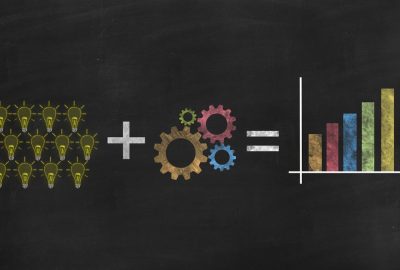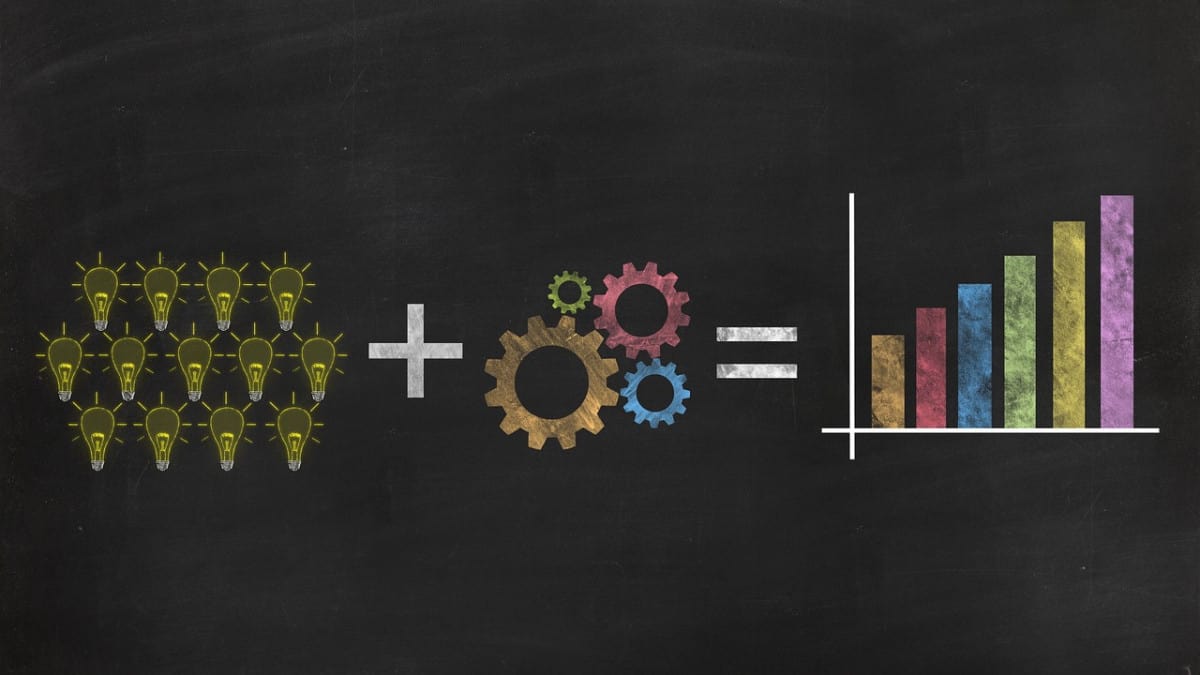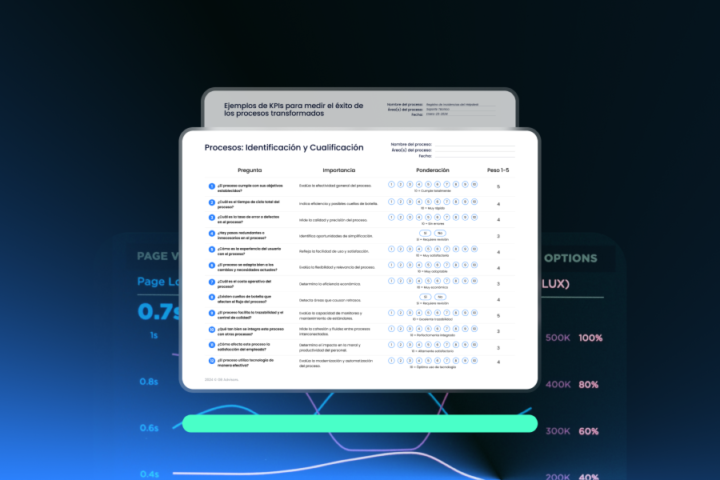Technology has changed everything, the way companies work, the demands of the market, the tools available… It has become easier and easier to manage certain tasks, but new challenges are also arising such as system protection and asset management in environments such as the cloud. In this context, good software asset management is needed today more than ever.

It is impossible to ignore that software tools represent strategic resources, competitiveness factors and key elements for increasing productivity and performance in companies. That is to say, that managing them efficiently, respecting intellectual property and the rights of use of their licenses is mandatory for any organization.
Poor management of software assets is a risk multiplier for any business. While the benefits associated with good software asset management are numerous. If you’re interested in learning more about SAM you can’t miss this article we’ve prepared for you.
What is Software Asset Management (SAM)?
Software Asset Management (SAM) is a branch of the ITIL Asset Management process. This practice focuses on managing and optimizing the entire life cycle of the assets within the organization, i.e. the purchase, installation, maintenance, use and disposal of the tool.
Good software asset management involves knowing your company’s portfolio of applications and monitoring it to optimize its operation. In this context, SAM stands out as an essential tool. Because it opens the way to many benefits, among which are:
The optimization of assets and processes through the promotion of a more efficient information system.
Reduction of financial, legal, regulatory and security risks.
Specifically, the SAM helps you to:
Know all installed assets

With good software asset management, you will be able to keep track of the number of licenses you have purchased, the installations you have made and the usage habits of each application. This will allow you to establish new needs in terms of tools and above all will allow you to make better decisions when considering buying any solution.
Keeping systems safe
Unfortunately, it is common for misinformed users to download and install unauthorized software on the organization’s computers. As a result, it is easier for cybercriminals to introduce all kinds of viruses into systems. By implementing good software asset management, you can detect the presence of an illegal or unauthorized application, decrease security risks, and create categories to avoid unsuitable practices in the future.
Ensure compliance
The SAM promotes the constant performance of audits to ensure that each of the software implemented in the company is up to date in terms of compatibility, licenses and mandatory regulations.
Analyze usage patterns
How do you know if you need to renew, upgrade or buy additional licenses? Through a deep knowledge of your IT environment. With efficient software asset management, you will be able to create a list of software that is used frequently, occasionally, rarely or never. With this information, you can reduce costs by keeping only those tools that are truly useful.
3 Keys to Successful Software Asset Management
#1 Take into account users’ needs

Remember, the aim of the SAM must be to bring value to the company. This can be done by reducing costs, but also by determining the needs of the organization’s members and providing them with the tools they really need.
Communicate with all the people involved so that in this way you can guarantee the acquisition and exclusive use of useful software.
#2 Automate
This type of analysis is too complex to be performed manually. So try to facilitate all tasks related to this practice with the help of an efficient solution. This will allow you to reduce the amount of time spent on the SAM and get faster results.
Attention, it will be better if you don’t leave all the work to your tool. Making the right decisions regarding software asset management depends heavily on human intervention.
#3 Make Software Asset Management a permanent business practice
It is not enough that you perform audits of the IT portfolio in erratic periods. It is vital that you plan to do your analysis at least quarterly. For this you can set alerts that serve as a reminder; this will allow you to gain consistency regarding this practice.

Also, remember to establish well-defined roles and responsibilities. Ideally, you should be able to create a team dedicated to this practice, however, if this is not possible; you can also simply designate a manager to coordinate all the tasks related to the SAM and present the results of the analyses whenever required.
If you want more information about the tools that can help you achieve successful asset management; don’t hesitate to contact us. At GB Advisors we have helped numerous companies to implement and make the most of their solutions and ITSM strategy. Trust us and carry out all your IT projects in the best possible way.



